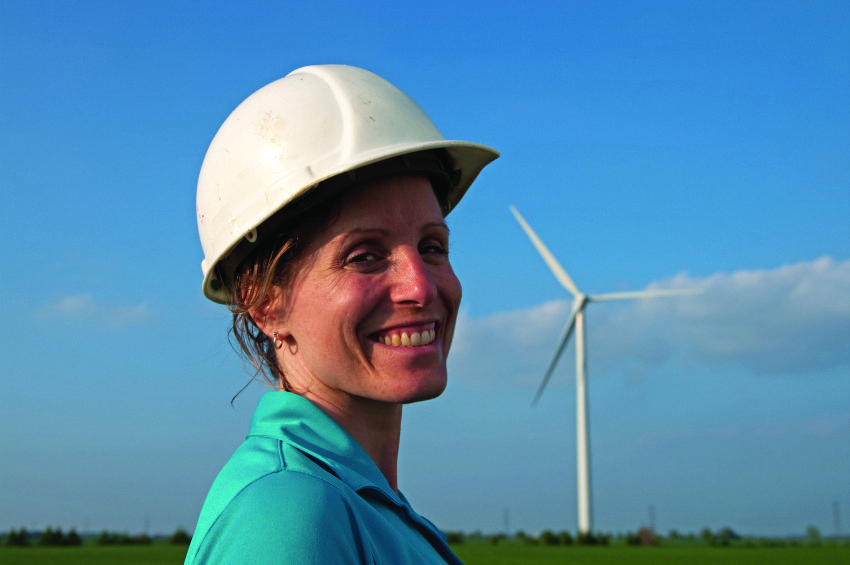Blog updated on November 22, 2021
As (re)elected officials head to Ottawa for a new session of Parliament, none can deny these truths:
- Climate change is a present day threat to Canadians, not a distant probability. The reality is we are already seeing the extreme effects, from an intense wildfire season throughout the country, to scorching heat waves in the West, to the severe flooding that British Columbia is currently grappling with.
- Canada’s economy needs to decarbonize fast, i.e. move from economic activities that contribute to climate change to non-polluting ones;
- If we successfully tackle climate change, oil and gas will soon be energy sources of the past, as the historically pro-oil International Energy Agency confirmed;
- Inequalities are at an all time high; Indigenous, racialized, disabled and low-income communities have suffered the most from the COVID19 pandemic.
These truths all point to one direction: those sitting in Parliament need to rapidly develop a transition plan to phase out fossil fuel production without compromising on prosperity and community wellness. This is the motivation behind the idea of a just transition.
Over the summer, the government began consultations on a Just Transition to help develop legislation that was supposed to be tabled in the fall. However, the federal election, followed by COP26, the UN Conference on Climate Change, monopolized the attention of Ministers and bureaucrats, delaying the development of this important legislation.
COP26’s final text reiterated the need for a just transition. Now, the Canadian government needs to rapidly resume the planning process and take the appropriate steps to ensure a just transition for the sake of the economy and the workforce alike.

So, why do we need a just transition? What does it really mean? What should Canada do to achieve this transition?
While the phrase ‘just transition’ is the one used by the government, many prefer to go beyond this buzzword and instead focus on what matters; a fair, gradual, planned, and supported transition for workers and communities that rely on the fossil fuel sector.
Canadians need a strategy to reduce their emissions, which means phasing out fossil fuels and other polluting industries. But it’s not fair to close down industries without a plan for the people who will be directly impacted. That’s where a transition strategy comes in – the acknowledgment that nobody should be left behind.
This transition requires a national strategy that simultaneously addresses:
- the need for national and regional industrial planning to deeply decarbonize the economy,
- the fact that workers and communities will be affected by the energy transition
- the inequitable impact of COVID-19,
- the ongoing harm of colonization and racism,
- all while creating and sustaining good jobs for all.
This is what we should be looking for in a real, truly just transition plan. Anything short of that will make Canadians dangerously vulnerable to the climate crisis and to energy market shifts, as the rest of the world rapidly reduces its demand for fossil fuels to green their own activities. It will make us miss out on an opportunity to be prosperous in the fair and regenerative economy, an economy designed to restore communities and ecosystems.
Is that even possible? Have we done it before?
The transition strategy we need is definitely unprecedented, yet entirely within our reach.
While the term “just transition” is not a new one, the successful examples of just transitions that have occurred have not been at the scale and pace now required in Canada and around the world. Many industrial transitions have occurred in Canada, from the forestry industry to cod fisheries. Many have been accompanied by job loss and hardship – which is exactly what will happen again if we don’t make developing a smart, people-driven plan a priority. Others have been more successful, but have been local or sector specific, such as the coal transition in Ontario.
This transition plan will have to be a national undertaking. So, when you hear the term ‘just transition’, remember it will neither foster trust nor results if it is not backed by a substantial strategy that directly comes from workers and communities.
A recent poll shows Canadians are ready and enthusiastic about a just transition, but they need to feel valued and supported by their elected representatives.
How can we make this great idea a reality?
If the transition strategy is to be fair and long-lasting, the table should include,
- those who will have to start new jobs or start an early retirement, such as fossil fuel workers,
- those who will see their current job change, such as automobile workers,
- those whose professional lives will be affected by climate disruption, such as farmers, postal workers, and healthcare workers,
- community leaders who want to contribute to economic development and the energy transition away from fossil fuels
Additionally, Indigenous peoples, as workers, affected communities and sovereign nations on these lands, must be given decision-making powers. Others historically excluded from high paying, dignified jobs, such as racialized communities, disabled folks, women and many others living at the intersection of these identities, will be invited in. Finally, regional interests and concerns will be taken into account early on, and region-specific strategies will be designed.

Isn’t Canada already on the right track?
On paper? Maybe. But given what is at stake, we need more than promises. Parliament must work together, across party lines and regional differences, to:
- Align the timing of the transition for workers with a managed phase out of the fossil fuel industry itself. There can be no ‘just’ transition if there is no planned transition.
- Get ready to spend. Conversations and meetings are futile if they are not backed by funding, and only when numbers are announced will we be able to truly evaluate Canada’s transition plan.
- Create a new federal authority which would ensure collaboration and transparency in said collaboration between the various Ministries involved, from Natural Resources to Labour and Crown-Indigenous relations. The Federal authority would also coordinate conversations between all levels of government, including Provinces, Municipalities and First Nations governments.
- Include in every piece of climate legislation provisions related to the transition for workers of the impacted sectors.
Canada’s economic transition must be approached as a coherent, large-scale, transformational strategy, that simultaneously rights the wrongs of the past, avoids creating new harm, and enables us to achieve our economic and environmental goals. This will be no easy feat, but we have bright minds and many willing folks on our side. We are only lacking true leadership.










